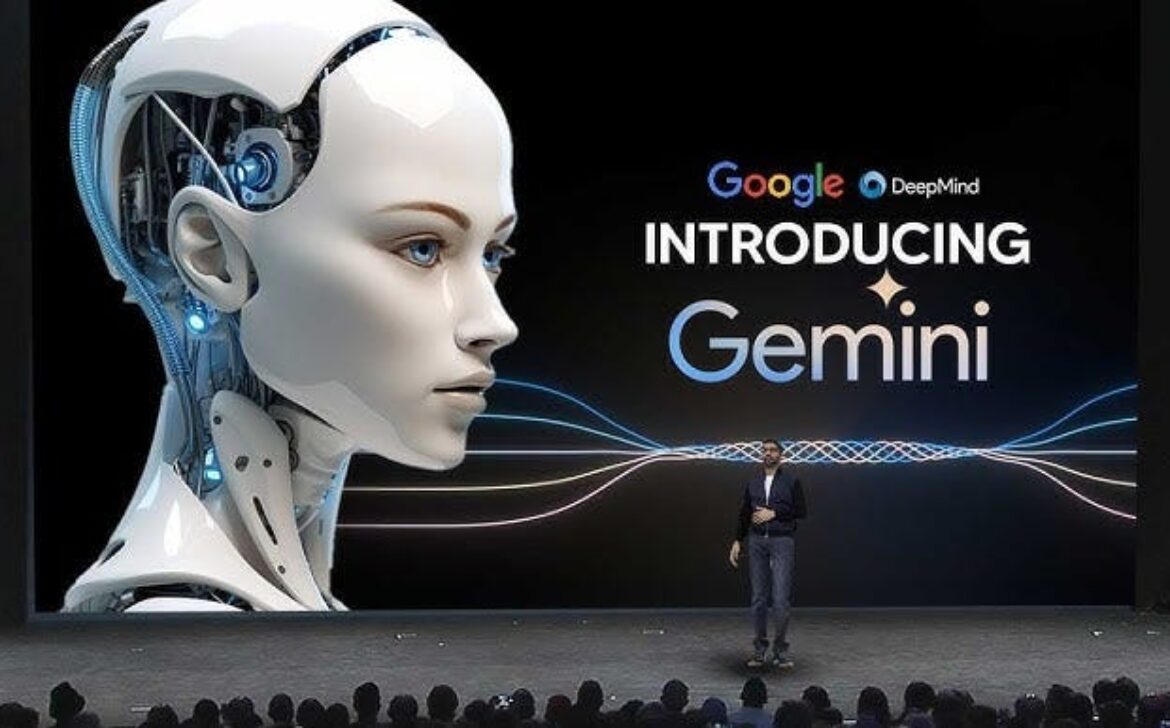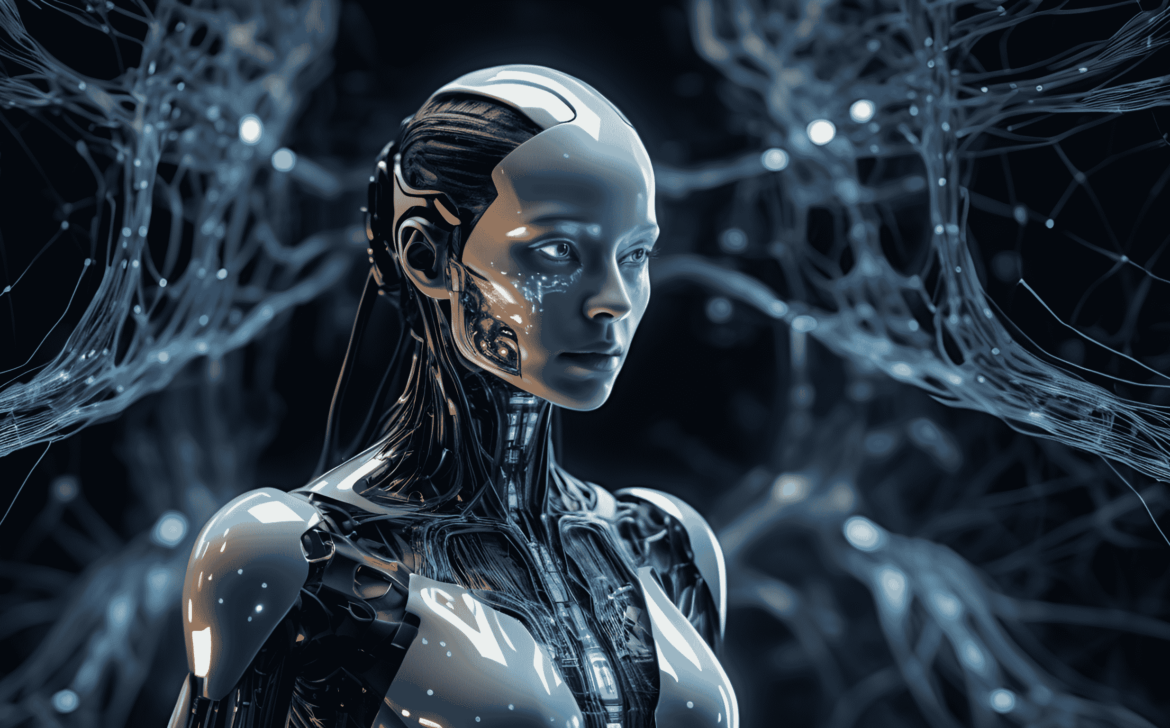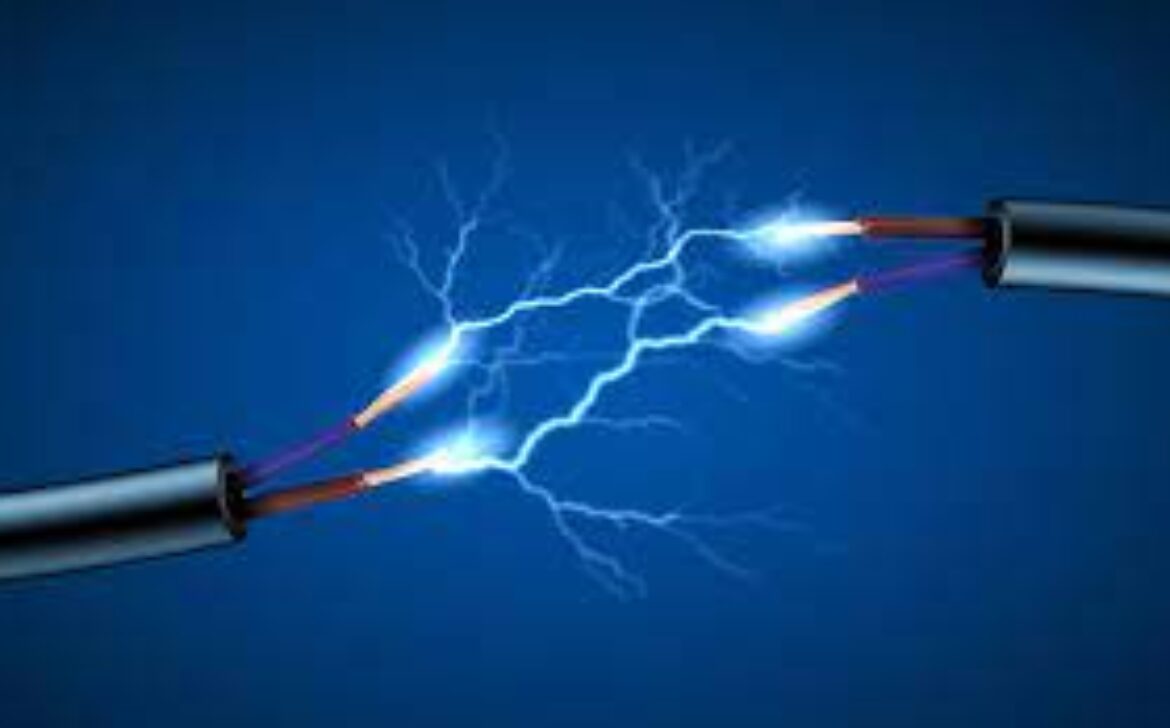“Climate Chronicles: Navigating the Global Warming Landscape”
Content:
In the wake of rising temperatures and environmental concerns, the discourse on global warming has become increasingly urgent. From melting ice caps to extreme weather events, the impacts of climate change are undeniable and far-reaching.
Exploring the science behind global warming reveals a sobering reality: human activities, particularly the burning of fossil fuels and deforestation, are major contributors to the greenhouse gas emissions that drive this phenomenon. The consequences are dire, affecting ecosystems, economies, and human health worldwide.
However, amidst the gloom, there is hope. Initiatives aimed at mitigating climate change are gaining momentum, from renewable energy adoption to sustainable agriculture practices. Governments, businesses, and individuals alike are taking steps to reduce their carbon footprint and embrace cleaner, greener technologies.
How to reduce goal warming:-
Transition to Renewable Energy: Embrace clean energy sources such as solar, wind, and hydroelectric power. Investing in renewable energy infrastructure reduces reliance on fossil fuels, the primary drivers of greenhouse gas emissions.
Increase Energy Efficiency: Implement energy-efficient practices and technologies in homes, businesses, and industries. This includes using energy-efficient appliances, improving insulation, and adopting smart building designs.
Promote Sustainable Transportation: Encourage walking, cycling, and public transportation to reduce reliance on cars. Transitioning to electric vehicles and investing in public transportation infrastructure can significantly cut transportation-related emissions.
Protect and Restore Forests: Forests act as carbon sinks, absorbing carbon dioxide from the atmosphere. Protecting existing forests from deforestation and implementing reforestation and afforestation projects can help mitigate global warming.
Major cause of global warming:-
Burning Fossil Fuels: The combustion of fossil fuels such as coal, oil, and natural gas for energy production, transportation, and industrial processes releases large amounts of CO2 into the atmosphere. This is the largest source of greenhouse gas emissions globally.
Deforestation: The clearing of forests for agriculture, logging, and urbanization reduces the number of trees available to absorb CO2 from the atmosphere through photosynthesis. This leads to increased CO2 concentrations in the atmosphere and contributes to global warming.
Waste Management: Landfills and waste management practices, such as the decomposition of organic waste in landfills and the incineration of waste, release methane and CO2 into the atmosphere.
Use of Halogenated Gases: Certain human-made gases, such as chlorofluorocarbons (CFCs), hydrochlorofluorocarbons (HCFCs), and hydrofluorocarbons (HFCs), used in refrigeration, air conditioning, and insulation, are potent greenhouse gases that contribute to global warming.

How to reduce global warming:–To reduce global warming, we can transition to renewable energy sources, improve energy efficiency, promote sustainable transportation and land use, adopt eco-friendly agricultural practices, conserve forests, reduce waste, and advocate for policies that limit greenhouse gas emissions.”
Conclusion:
Global warming is primarily caused by human activities such as burning fossil fuels, deforestation, industrial processes, agriculture, and waste management, which release greenhouse gases into the atmosphere. While natural factors also play a role, human-induced emissions are the main drivers of the current warming trend. Addressing global warming requires transitioning to renewable energy, conserving forests, adopting sustainable practices, and advocating for policy changes to reduce greenhouse gas emissions and mitigate climate change.




















